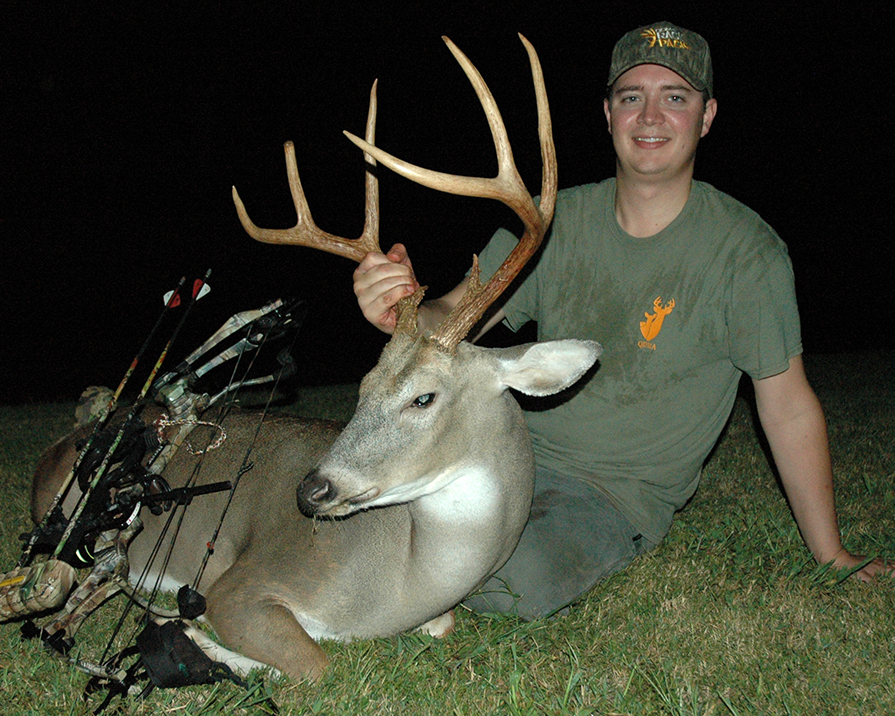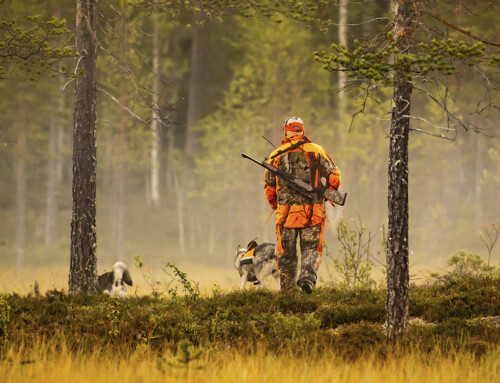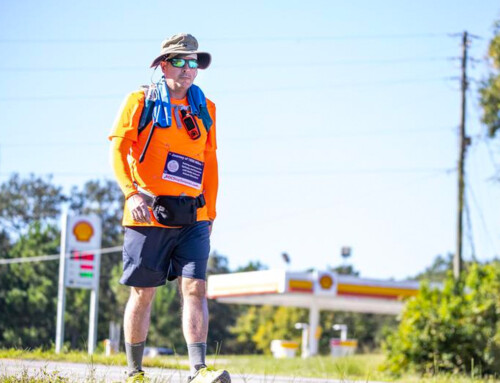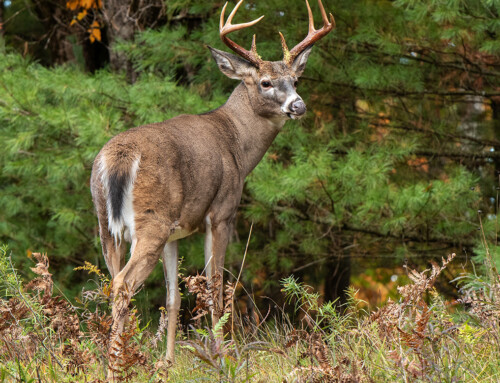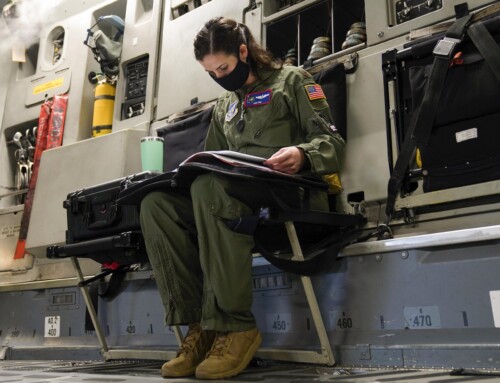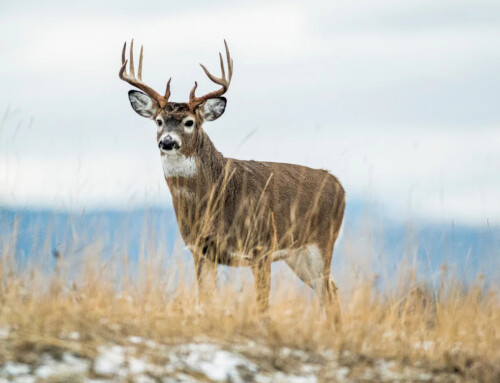Unbelievable, but it’s here. Deer season is actually here! Well, despite the fact it’s 86 degrees outside as I write this and my calendar says the current month starts with the letter “S”, my email inbox and the world of social media says it’s here.
Sure enough, velvet whitetails are dropping in states like Tennessee, Kentucky and South Carolina, and I’ve noticed a consistent stream of blogs and print media discussing a variety of early-season tactics. And, even though I won’t see any field time until October when my home state’s regulated hunting season begins, I admit the excitement factor is climbing rapidly in the Ross household, too. So, in the spirit of opening day either being a few short weeks, days or even hours away, let’s cover what science says will be your three biggest obstacles to overcome as you hook-in for that sweet, inaugural sit of the season, and set your sites on bagging that dream buck early on.
1. Food sources are changing, so should you.
Yes, it’s fun to glass bucks in bean fields in August, but for most areas of the country, the same food sources you drooled over all summer will either be gone or becoming quickly obsolete come opening day. Numerous food habit studies have shown that deer make a hard shift from high protein to high energy foods during the throes of summer as they prepare for the rigors of the fall breeding season and subsequent winter. This is also a time when forbs — which dominate deer summer diets — become far less attractive due to a decline in palatability.
Study after study has shown buck movement rates are at their lowest point during the peak of summer, and come early fall, when your season probably opens, they’re still low compared to the rut.
This causes a fairly extreme and sudden behavioral change in where you’ll find deer feeding, as they begin concentrating on mast sources like acorns and apples. A lot of hunters are aware of this change and prepare for it by scouting these new food items ahead of schedule.
For those of you who will be hunting an early season where a typical “food-to-bed” trap can be set on the edge of an agricultural field or food plot, a word of caution: not all bucks are as susceptible as you may think, even as an afternoon-only sit. Common knowledge for most seasoned hunters is that it’s difficult, if not impossible, to hunt food sources during mornings, right? Deer spend most of the night in those fields feeding, and start moving back into cover to bed around daylight. However, most believe afternoons are doable, capitalizing on when deer arrive for the evening to feed. But GPS research out of North Carolina shows at least a few examples where the distance bucks traveled to those summer food is so great that daylight activity at the food source was very limited.
Solution: The alternative would be to be to set up much, much deeper in the timber. This allows you to capitalize on those delayed movements well before shooting light expires in the evening, and/or to catch a buck on his feet before he beds for the day during a morning hunt. A close friend did this exact thing a few years ago where I hunt in New York and doubled up on an opening morning 3½-year-old buck/adult doe combo as a parade of deer filtered back through the woods several hundred yards from a standing bean field.

